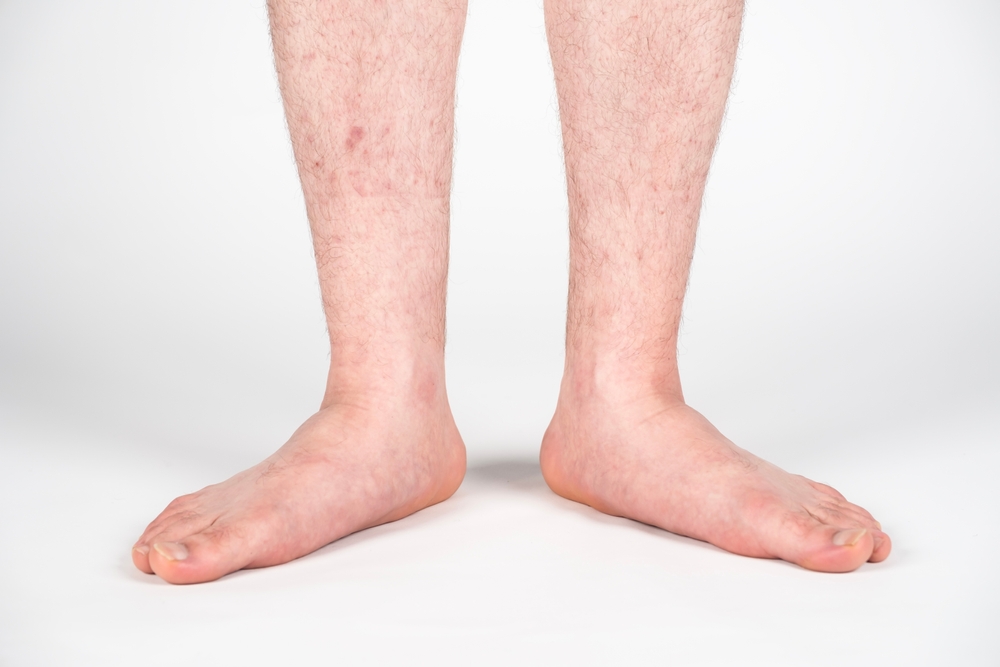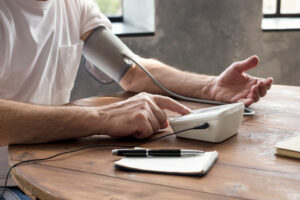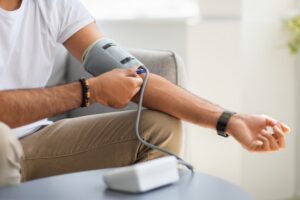When you hear “flat feet,” you probably picture someone whose entire foot sole touches the ground. While that’s accurate, many people have no idea their own aches and pains are connected to this common condition. There are many unknown signs of flat feet that have nothing to do with obvious foot pain. These subtle clues are often dismissed as unrelated issues, but they are classic flat feet signs that get ignored. Recognizing these hidden symptoms is the first step toward understanding the root cause of your discomfort and seeking the right help to prevent long-term problems. Get a consultation with the best Podiatrists in Brooklyn.
Uncovering Flat Feet Signs That Get Ignored
Because your feet are the foundation of your body, misalignment at the base can cause a ripple effect of problems upwards. If you experience any of the following issues, your flat feet might be the silent culprit.
- Persistent Knee, Hip, or Lower Back Pain
This is one of the most common yet overlooked signs. When your foot arch collapses, your foot often rolls inward (overpronation). This motion forces your lower leg to rotate internally, which pulls your kneecap out of alignment and can tilt your pelvis. Your body then tries to compensate for this imbalance, leading to:
- Achy Knees: A dull pain around or behind the kneecap (runner’s knee) that worsens with activity.
- Hip Discomfort: Pain on the outside of your hip from strained muscles trying to stabilize your leg.
- Chronic Lower Back Ache: The altered pelvic position puts constant strain on your lower back muscles, leading to persistent soreness.
- Your Feet and Legs Tire Out Quickly
Do you feel like you can’t stand or walk for long periods without your legs feeling heavy and exhausted? This isn’t just a sign of being out of shape. With flat feet, the muscles in your feet and lower legs have to work much harder to support your body weight and maintain balance. This constant overexertion leads to premature muscle fatigue and a generalized feeling of achiness in your feet and calves.
- Frequent Shin Splints
Shin splints (pain along the inner edge of the shinbone) are often associated with runners who increase their mileage too quickly. However, they can also be a recurring problem for people with flat feet. The overpronation associated with fallen arches places repetitive stress on the posterior tibial tendon and the muscles of the lower leg, leading to inflammation and pain in the shins. If you get shin splints from simply walking or moderate activity, your foot structure could be to blame.
- You DevelopBunionsor Hammertoes
Bunions (a bony bump at the base of the big toe) and hammertoes (an abnormal bend in the middle joint of a toe) don’t just appear out of nowhere. They are often the result of long-term mechanical instability in the foot. The lack of a supportive arch causes the forefoot to become unstable, leading to these painful deformities over time. These are clear physical signs that your foot structure is under stress.
- Uneven or Rapid Shoe Wear
Take a look at the soles of your most-worn shoes. Do you notice that the inner side of the heel and sole is significantly more worn down than the outer side? This is a classic sign of overpronation caused by flat feet. Your foot is rolling inward with every step, grinding down that part of your shoe. Rapidly wearing out your shoes is another one of the common flat feet signs that get ignored.
What to Do if You Suspect You Have Flat Feet
If any of these signs sound familiar, it’s time to stop ignoring them. While these issues might seem minor at first, they can lead to chronic pain and joint problems, including arthritis, if left unaddressed.
The best course of action is to schedule an evaluation with a foot and ankle specialist. A podiatrist can perform a comprehensive examination to determine if flat feet are the cause of your symptoms. A visit to a professional podiatry clinic in Brooklyn will likely include a gait analysis, where the doctor watches you walk to assess your foot mechanics and identify any imbalances.
Based on this evaluation, a podiatrist can recommend a tailored treatment plan. Often, conservative measures are highly effective. These may include:
- Custom-molded orthotics: To provide support and correct alignment.
- Supportive footwear: Recommendations for shoes that offer stability and control.
- Stretching and strengthening exercises: To improve muscle balance and support the arch.
Don’t let the unknown signs of flat feet dictate your quality of life. By seeking a professional diagnosis from a facility like a podiatry clinic in Brooklyn, you can address the root cause of your pain and take the first step toward lasting relief. At Doral Health & Wellness, we have Podiatrists with extensive education and expertise. Our address is 1797 Pitkin Avenue, New York, NY 11212. To make an appointment, please call + 1 718 367 2555, or register your information and make direct contact with us at https://yuz88hfiyh7.typeform.com/Doralintake or send an email to info@doralhw.org.






